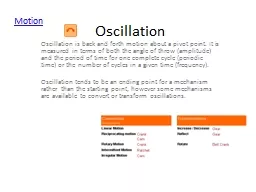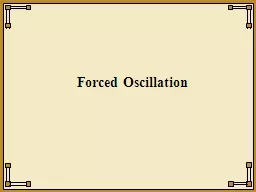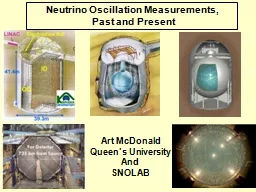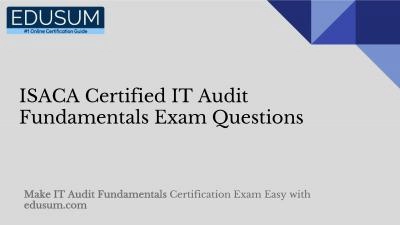PPT-Forced Oscillation Detection Fundamentals
Author : taylor | Published Date : 2023-11-12
and Simultaneous Estimation of Forced Oscillations and Modes John Pierre U of Wyoming pierreuwyoedu Dan Trudnowski Montana Tech dtrudnowskimtechedu Jim Follum
Presentation Embed Code
Download Presentation
Download Presentation The PPT/PDF document "Forced Oscillation Detection Fundamental..." is the property of its rightful owner. Permission is granted to download and print the materials on this website for personal, non-commercial use only, and to display it on your personal computer provided you do not modify the materials and that you retain all copyright notices contained in the materials. By downloading content from our website, you accept the terms of this agreement.
Forced Oscillation Detection Fundamentals: Transcript
Download Rules Of Document
"Forced Oscillation Detection Fundamentals"The content belongs to its owner. You may download and print it for personal use, without modification, and keep all copyright notices. By downloading, you agree to these terms.
Related Documents

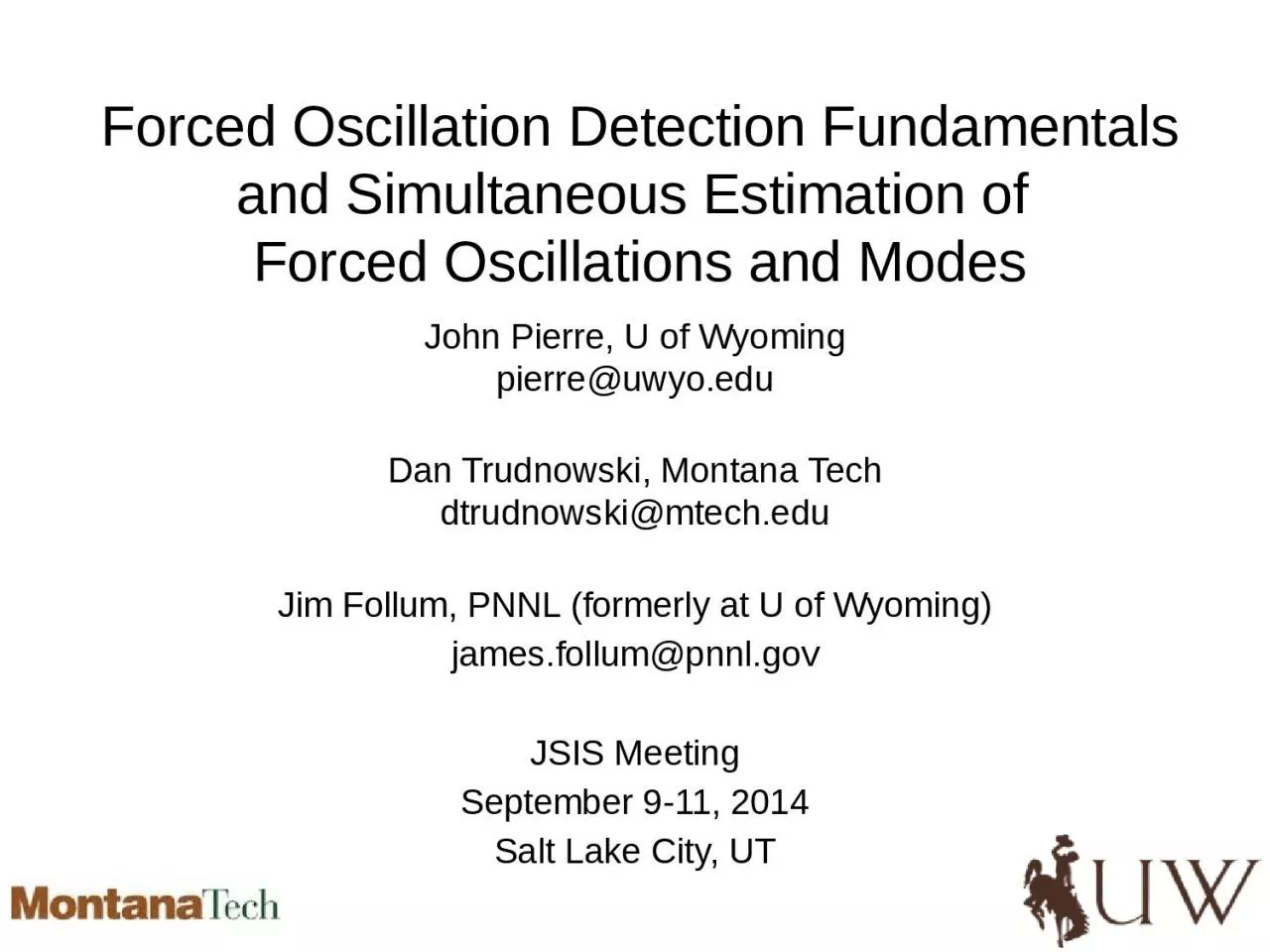
![El Niño Southern Oscillation [ENSO]](https://thumbs.docslides.com/273538/el-ni-o-southern-oscillation-enso.jpg)

